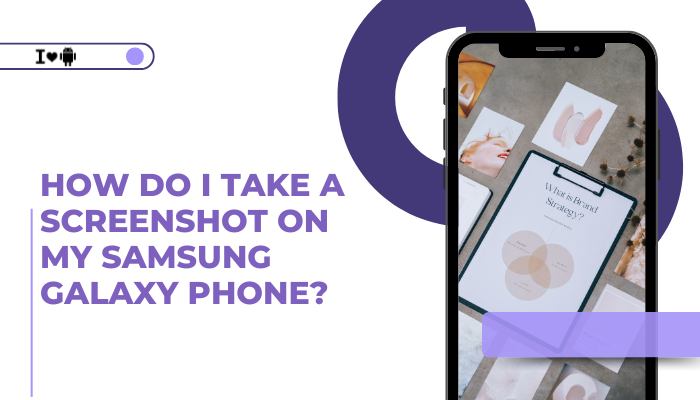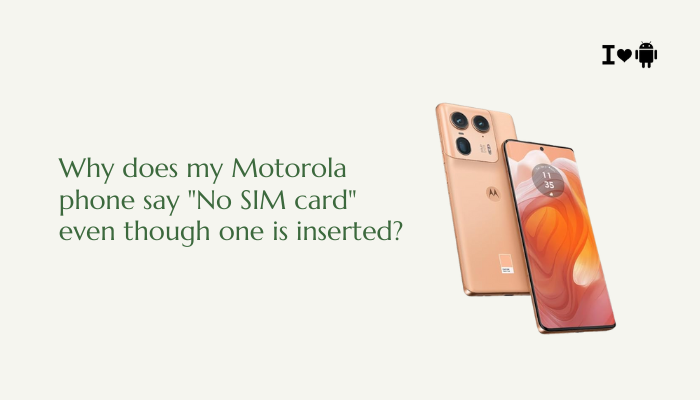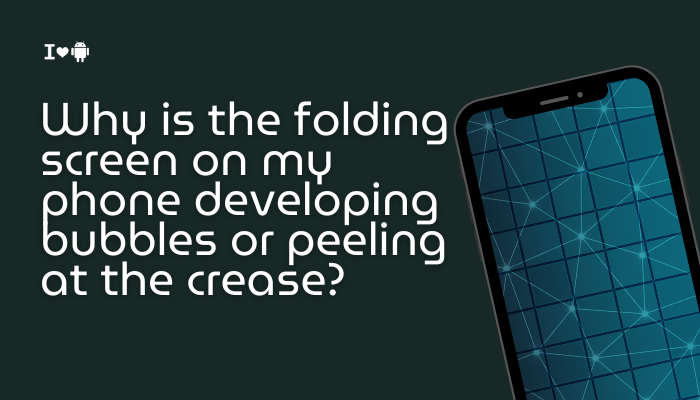Introduction
The Samsung Galaxy Z Flip’s foldable screen represents a major leap in smartphone innovation, combining a full-sized OLED display with a compact clamshell design. However, some users have reported cracking or splitting along the fold line—even without ever dropping or striking the device. At first glance, this seems baffling: how can a screen fracture where it’s designed to bend?

Understanding the Foldable Display Architecture
Multi-Layer Construction
Unlike traditional glass-covered OLED panels, the Galaxy Z Flip uses a stacked, multi-layer design:
- Protective Polymer Layer: A thin, flexible plastic layer on top, rather than rigid glass.
- Touch Sensor Layer: Printed electrodes that register taps and swipes.
- OLED Emissive Layer: The organic compounds that generate pixels.
- Substrate and Backing Layers: Provide structural support and house the hinge mechanics.
Each layer must flex in unison along the fold, requiring precise material properties and engineering tolerances.
Hinge Mechanics and Crease Design
- Central Hinge Assembly: Hidden within the phone’s spine, this complex mechanism controls the folding radius and keeps the panels aligned.
- Fold Radius: The screen wraps around a barrel cam inside the hinge, guiding its curvature to minimize stress.
- Pressure Distribution: Samsung engineers aim to spread bending strain evenly, but the very act of repeated flexing concentrates small amounts of stress along the fold line.
Mechanical Stress at the Fold
Repeated Folding Cycles
- Fatigue Over Time: Every fold/unfold cycle applies tensile (stretching) and compressive (squeezing) stress to the top polymer layer. After thousands of cycles, microscopic cracks can coalesce into visible fractures.
- High-Use Scenarios: Users opening and closing the phone dozens of times per day accelerate material fatigue. Samsung tests for 200,000 folds, but real-world conditions (temperature, debris) can shorten this lifespan.
Localized Stress Concentrations
- Edge Effects: At the exact pivot line, minor variations in layer thickness or hinge alignment can create hotspots where strain is higher.
- Manufacturing Tolerances: Even ±0.1 mm deviations in polymer thickness or hinge cam alignment can shift where the maximum bending radius occurs—often right at the crease.
Material Fatigue and Protective Layers
Polymer vs. Glass
- Plastic’s Pros and Cons: Flexible polymers enable bending but scratch and crack more easily than Gorilla Glass.
- Micro-Cracks: Small surface scratches (from dust or fingernails) can initiate cracks under bending stress. Over time, these imperfections propagate along the fold.
UV and Temperature Effects
- Thermal Cycling: Moving between cold and hot environments causes differential expansion between layers, exacerbating micro-gaps.
- UV Degradation: Extended exposure to sunlight can embrittle the polymer layer, reducing its ability to flex without cracking.
Environmental and Usage Factors
Dust and Debris Intrusion
- Particle Trapping: Dust or grit can enter the tiny gap at the hinge. Even sub-millimeter particles create a hard wedge that digs into the polymer when folded.
- Abrasive Wear: Each closing motion drags debris across the crease, scratching the protective layer and accelerating crack formation.
Pressure and Impact While Closed
- Pocket Pressure: Sitting or carrying the closed phone in a tight pocket can apply uneven pressure along the fold.
- Non-Drop Impacts: Bumping the closed phone against a table edge or inserting it under tension into a bag can flex the screen beyond design limits locally.
Manufacturing and Quality Control
Batch Variations
- Early-Production Units: Initial runs of new devices sometimes exhibit higher defect rates as materials and assembly processes are fine-tuned.
- Component Sourcing: Variations in polymer film suppliers or hinge parts from one factory shift durability characteristics.
Quality Inspection Limits
- Visual vs. Microscopic Defects: Standard factory inspections may miss tiny inclusions or stress risers that grow into fractures over weeks of use.
- Aging Simulation Gaps: Lab testing must simulate long-term wear with accelerated folding, but can’t replicate every user environment exactly.
How to Prevent Fold-Area Damage
Keep the Hinge Clean
- Regular Maintenance: Use a soft brush or compressed air to remove dust from the hinge gap at least once a week.
- No Abrasives: Avoid sharp or metallic tools that could scratch the polymer layer.
Moderate Folding Speed and Force
- Gentle Operation: Open and close the Z Flip with slow, even pressure to reduce stress spikes.
- Avoid One-Handed Slams: Let the hinge guide the motion rather than forcing it.
Protective Accessories
- Precision Cases: Choose a case designed for the Z Flip that keeps the hinge free of debris but adds a buffer against pocket pressure.
- Screen Protectors: Use Samsung-approved protective films that reinforce the polymer layer—avoid ultra-thin generic films that may not flex uniformly.
Environmental Care
- Avoid Extreme Temperatures: Don’t leave your phone in a hot car or in sub-zero cold for extended periods.
- Sunlight Exposure: Minimize prolonged direct sunlight, which can warm and stress the plastic layer.
What to Do If Your Screen Cracks
Document the Damage
- Photograph Clearly: Capture close-ups of the fold crack under good lighting to show depth and location.
- Record Usage Patterns: Note when and how often you folded the device—useful if pursuing warranty or repair claims.
Warranty and Repair Options
- Samsung Care+ and Manufacturer Warranty:
- Standard warranty may not cover accidental damage—but if the crack stems from a manufacturing defect, Samsung’s service center may replace the display.
- Samsung Care+ plans often include one or two screen replacements for a small service fee.
- Authorized Repair Centers: Use genuine Samsung parts—third-party repairs risk improper polymer calibration and void further warranty.
Temporary Mitigations
- Clear Screen Tape: A thin, flexible adhesive tape over the crease can stabilize the crack and keep debris out until repair.
- Disable Fold-Dependent Features: If the crease interferes with touch, switch to Flex Mode apps that move critical UI elements away from the fold.
Long-Term Outlook and Evolving Designs
Next-Generation Materials
- Samsung and display suppliers are researching ultra-thin glass and more durable polymers promising higher fold-cycle lifespans and less environmental sensitivity.
- Composite Layers: New designs may replace single polymer films with hybrid glass-polymer laminates.
Improved Hinge Engineering
- Future iterations of the Z Flip hinge may incorporate self-cleaning barriers and reduced friction cam profiles, lowering debris ingress and stress concentrations.
- Hinge Dampening: Built-in shock absorbers could cushion against sudden forces when closing.
Software Warnings and Health Monitoring
- Samsung has experimented with fold health diagnostics, warning users when fold cycles approach known fatigue limits.
- Adaptive UI Adjustments: The phone could automatically adjust brightness or touch sensitivity near a developing crack to prevent further damage.
Conclusion
A cracked Galaxy Z Flip screen along the fold—without any drop—stems from the unique interplay of mechanical stress, material fatigue, environmental factors, and manufacturing tolerances intrinsic to foldable displays. While Samsung has engineered an impressive device, real-world usage introduces dust, temperature shifts, and repeated folding that challenge the protective polymer layer.
By maintaining a clean hinge, using gentle folding techniques, and investing in approved cases and screen films, you can extend your Z Flip’s display life. If a crack does appear, photograph the damage, consult Samsung service for repair or warranty options, and apply temporary stabilizers until replacement.
As foldable technology continues to evolve—with tougher materials, refined hinges, and smart diagnostics—the next generation of devices will be even more resilient. Until then, understanding the root causes of fold-line cracks helps you care for your Galaxy Z Flip and keep its revolutionary display in top condition.



